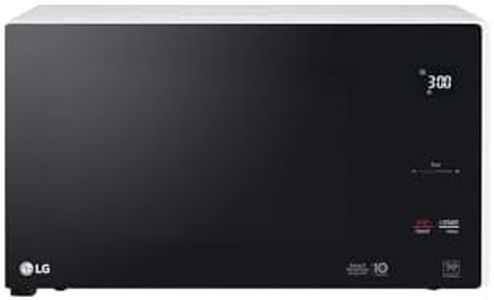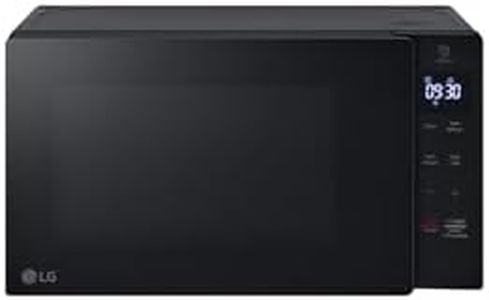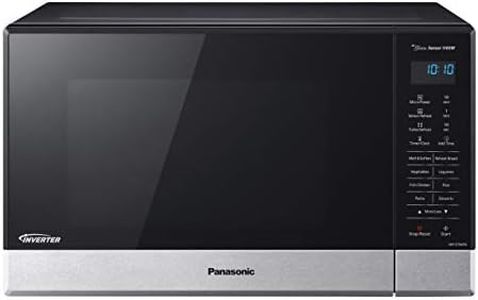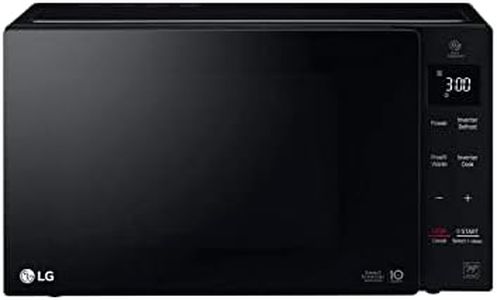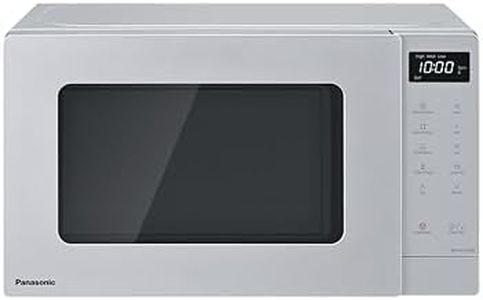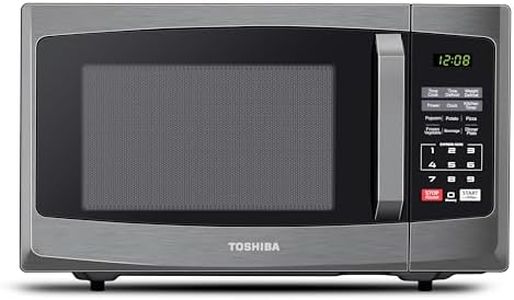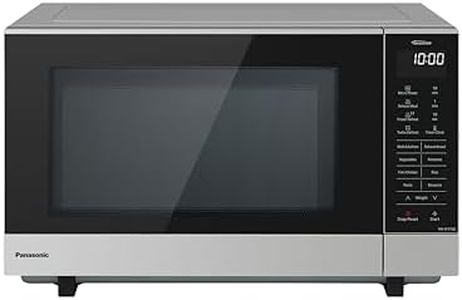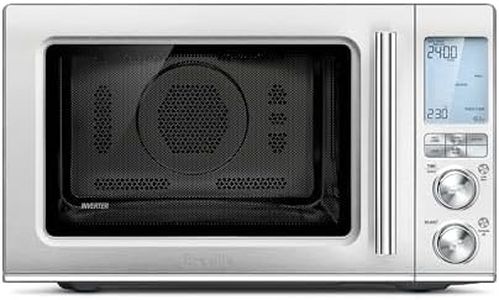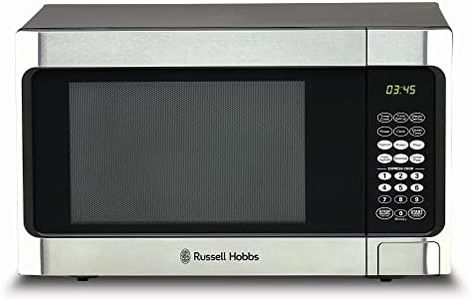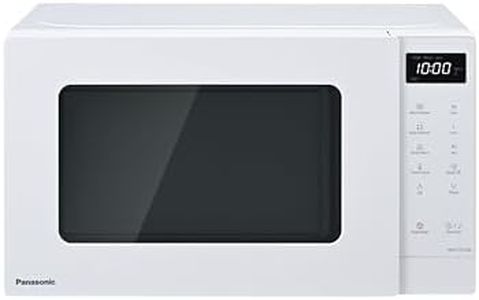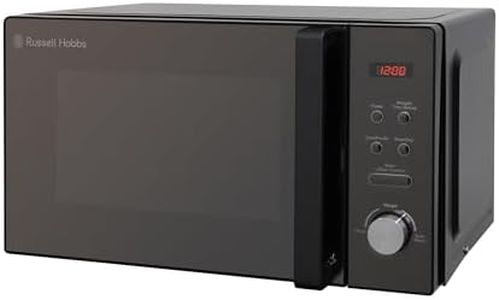We Use CookiesWe use cookies to enhance the security, performance,
functionality and for analytical and promotional activities. By continuing to browse this site you
are agreeing to our privacy policy
10 Best Tiny Microwaves
From leading brands and best sellers available on the web.Buying Guide for the Best Tiny Microwaves
Choosing a tiny microwave is a smart way to save space in small kitchens, office breakrooms, or dorms while still enjoying the convenience of quickly reheating food and beverages. When picking the right one, it’s important to balance size, power, and usability so that it fits both your space and your everyday needs effectively.Size (Capacity)This spec tells you how much space is inside the microwave, usually measured in cubic feet or liters. It’s important because it determines what kind of dishes, bowls, or containers will fit inside. For tiny microwaves, the most common capacities range from 0.5 to 0.9 cubic feet. If you typically heat small plates, mugs, or single-serving meals, a smaller capacity will be sufficient. If you sometimes want to reheat larger plates or containers, look for a model closer to the upper end of this range. Consider what you heat most often—this will help you decide which internal size suits your lifestyle best.
Power (Wattage)Microwave power is measured in watts and affects how quickly and evenly your food is cooked or reheated. Most tiny microwaves range from 600 to 900 watts. Lower wattage means slower cooking and sometimes less even results; it's best for basic tasks like warming up drinks or simple snacks. Higher wattages cook food faster and more evenly, but they usually come in slightly larger models. Think about what you mostly use your microwave for—if it’s mainly for reheating drinks, a lower wattage is fine. If you want to cook frozen meals or leftovers more efficiently, aim for a higher wattage within the tiny microwave category.
Physical DimensionsThe outside measurements of a microwave (height, width, depth) are crucial for making sure it fits where you plan to keep it. This matters especially for very tight spaces like dorms, RVs, or small apartments. Tiny microwaves are usually under 18 inches wide and 12 inches deep. Measure your available spot before shopping and compare it with the product’s listed dimensions, remembering to add extra space for ventilation according to the manufacturer’s instructions. Pick a size that you know will slip right into your available area without blocking airflow.
Controls and Ease of UseThis refers to how easy and intuitive the buttons, dials, or screens are to operate. Some tiny microwaves have simple dial controls while others include digital panels with quick-set buttons. Consider whether you prefer a no-fuss manual dial or digital buttons that offer presets for common tasks. If you value speed and simplicity, go for basic mechanical controls. If you want a few convenience features, digital controls with preset times might be helpful. Think about who will use the microwave and what would be the most user-friendly for everyone.
TurntableA turntable is the rotating glass plate inside the microwave that helps heat food evenly. Most tiny microwaves come with a small turntable, but the size can vary. It’s important because an undersized turntable might limit the size or shape of dishes you can use. If you mostly reheat standard plates or bowls, make sure your dish fits comfortably. If you often use taller mugs or containers, check the internal height as well. Choosing a model with a well-sized turntable for your typical dishes ensures you won’t be frustrated during daily use.
